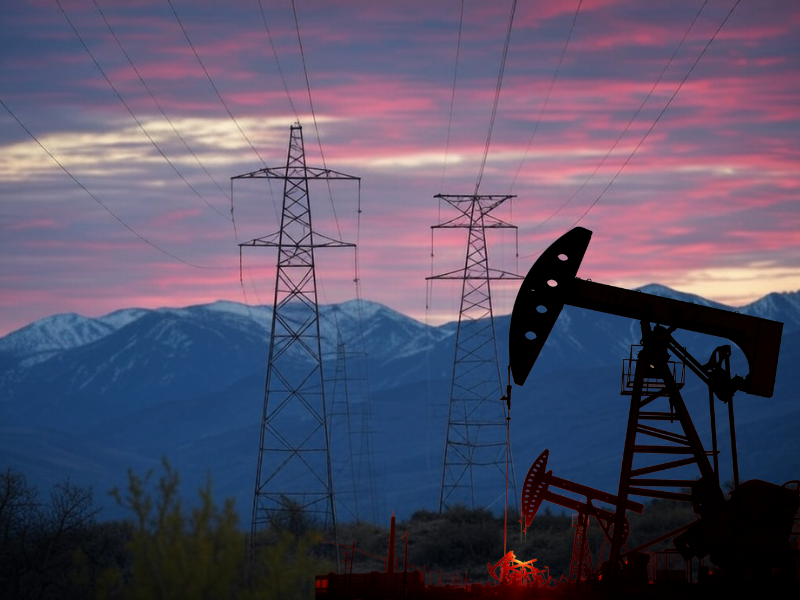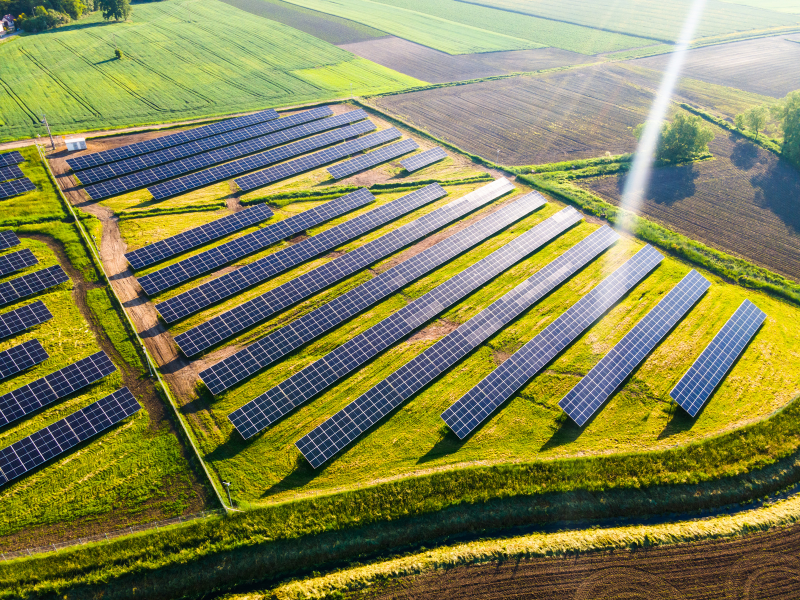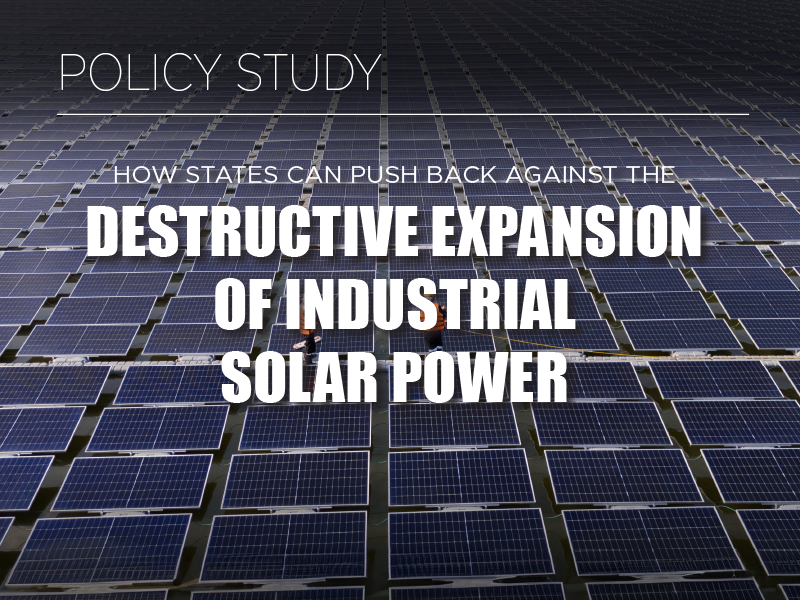Frac sand mining is, has been, or soon will be an important, and probably contentious, issue in your community. You may already have heard that sand mining is an “unregulated industry.” Your neighbors and friends may be especially worried about the potential impact of sand mining on air quality.
Those concerns are thoughtfully addressed in this Heartland Policy Study, the final paper in a six-part series addressing frac sand mining.
- Part 1 offers an introduction to particulate matter – especially “respirable crystalline silica – and its health implications.
- Part 2 presents the findings of several air quality monitoring studies using equipment and sampling methodologies approved by the U.S. Environmental Protection Agency (USEPA), National Institute for Occupational Safety and Health (NIOSH), and other federal agencies. Those studies have contributed significantly to our scientific understanding of the effect of industrial sand facilities on air quality.
- Part 3 explains the limitations of less scientifically legitimate reports that attempt to quantify concentrations of particulate matter in areas near industrial sand operations. While these reports have generated significant interest among mining opponents, the use of inadequate sampling equipment and non-EPA-approved sampling procedures render the data collected irrelevant and of no use in assessing the health impact of these facilities.
- Part 4 examines why industrial sand mining does not generate significant quantities of respirable crystalline silica dust. This section presents the findings of a study examining the fine-grained material between the sand grains, some of which may act as a cement holding the sand grains together, providing additional insight into the source and composition of potential dust at industrial sand mines. Part 5 offers concluding remarks.
Authors Mark Krumenacher, a senior principal of GZA GeoEnvironmental, Inc., and Heartland Research Fellow Isaac Orr conclude:
This Policy Study examined the best available scientific data collected by state agencies and nationally respected air monitoring scientists using EPA-certified equipment and sampling methodologies. Each of these studies has found industrial sand facilities do not contribute hazardous levels of respirable crystalline silica or particulate matter (PM) pollution, and therefore do not pose a threat to human health or the environment.
Non-scientific studies using uncertified equipment and flawed methods have served only to create confusion regarding the effect of industrial sand facilities on the environment. Those reports have made people unnecessarily anxious and fearful about the effect these facilities may have on their families, their health, and their home values. It is our hope that this Policy Study will alleviate some of those fears.





